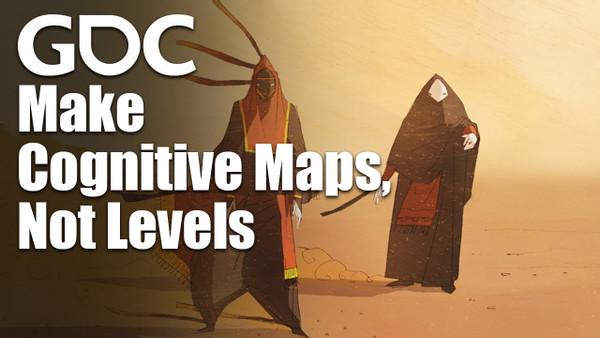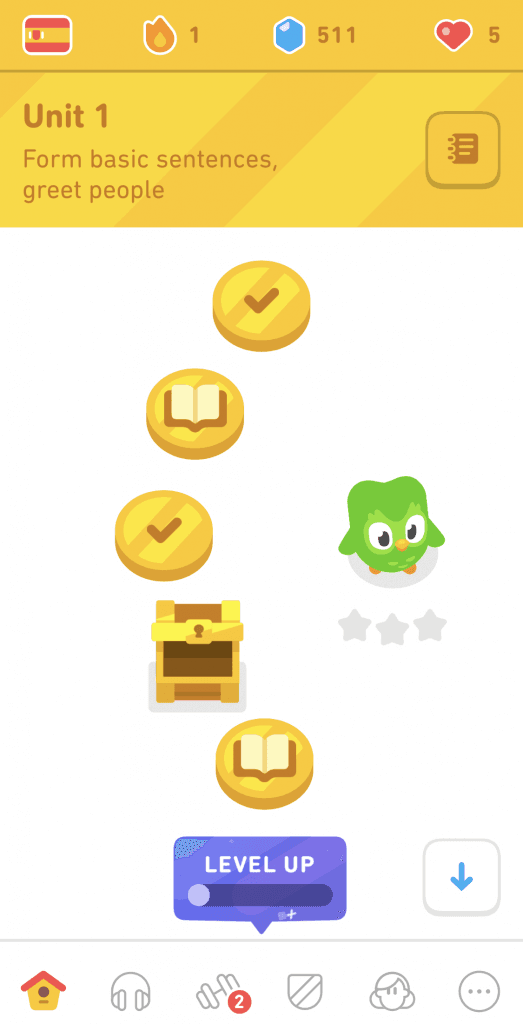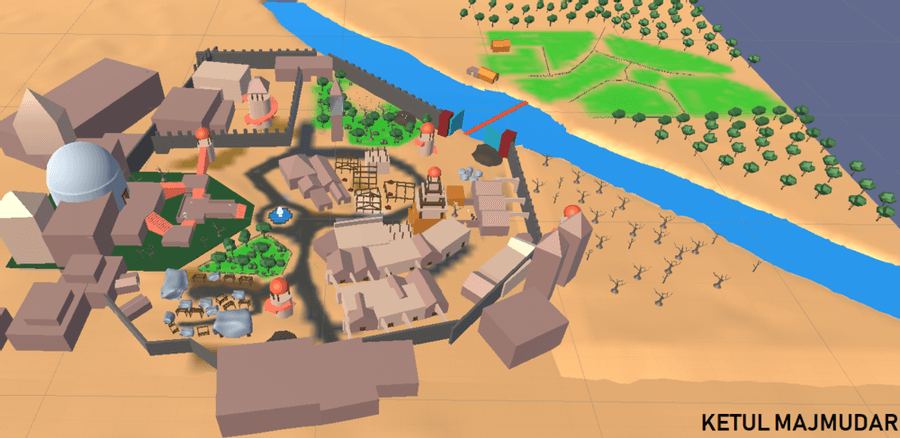Explore the World's Best Ideas
Join today and uncover 100+ curated journeys from 50+ topics. Unlock access to our mobile app with extensive features.
The role of maps
In a gamified system, maps serve important functions:
- Orientation: Provide users with a visual representation of the game environment.
- Navigation: Helps players navigate the app or game.
- Goal Setting: Maps can be used to set goals & objectives for players. Like visiting all the locations on a map or completing challenges in specific areas.
- Progression: Can be used to track a player's progress through a game & provide a visual representation of their journey.
- Storytelling: Maps can be used to tell a story, convey information about the game world, and provide context for the player's actions.
10
121 reads
Cognitive Maps (CM)
A good map has to map the environment in the mind of the user, not to faithfully represent the terrain. The map is not the territory.
When the map does not match the territory (or the environment), users get lost. They usually quit the game.
10
116 reads
Deconstruct cognitive maps
In games maps can be made of:
Path - a route that players can follow. In 3D games it can literally be a road.
Landmark - usually fixed, recognisable elements that act as reference points helping players orienting themselves.
District - used to divide a large game world into smaller, more manageable regions.
Edge - they have to separate or break the world continuity. Gates, Walls etc. They can mark the end of the world or be used to transition to new areas.
Node - a hub that can be used to access multiple locations. A plaza, intersection etc. Usually placed between districts.
10
93 reads
IDEAS CURATED BY
Life-long learner. Passionate about leadership, entrepreneurship, philosophy, Buddhism & SF. Founder @deepstash.
CURATOR'S NOTE
Maps are important in designing any game. This resource helped me understand how to think about designing them.
“
Vladimir Oane's ideas are part of this journey:
Learn more about videos with this collection
How to analyze churn data and make data-driven decisions
The importance of customer feedback
How to improve customer experience
Related collections
Read & Learn
20x Faster
without
deepstash
with
deepstash
with
deepstash
Personalized microlearning
—
100+ Learning Journeys
—
Access to 200,000+ ideas
—
Access to the mobile app
—
Unlimited idea saving
—
—
Unlimited history
—
—
Unlimited listening to ideas
—
—
Downloading & offline access
—
—
Supercharge your mind with one idea per day
Enter your email and spend 1 minute every day to learn something new.
I agree to receive email updates



